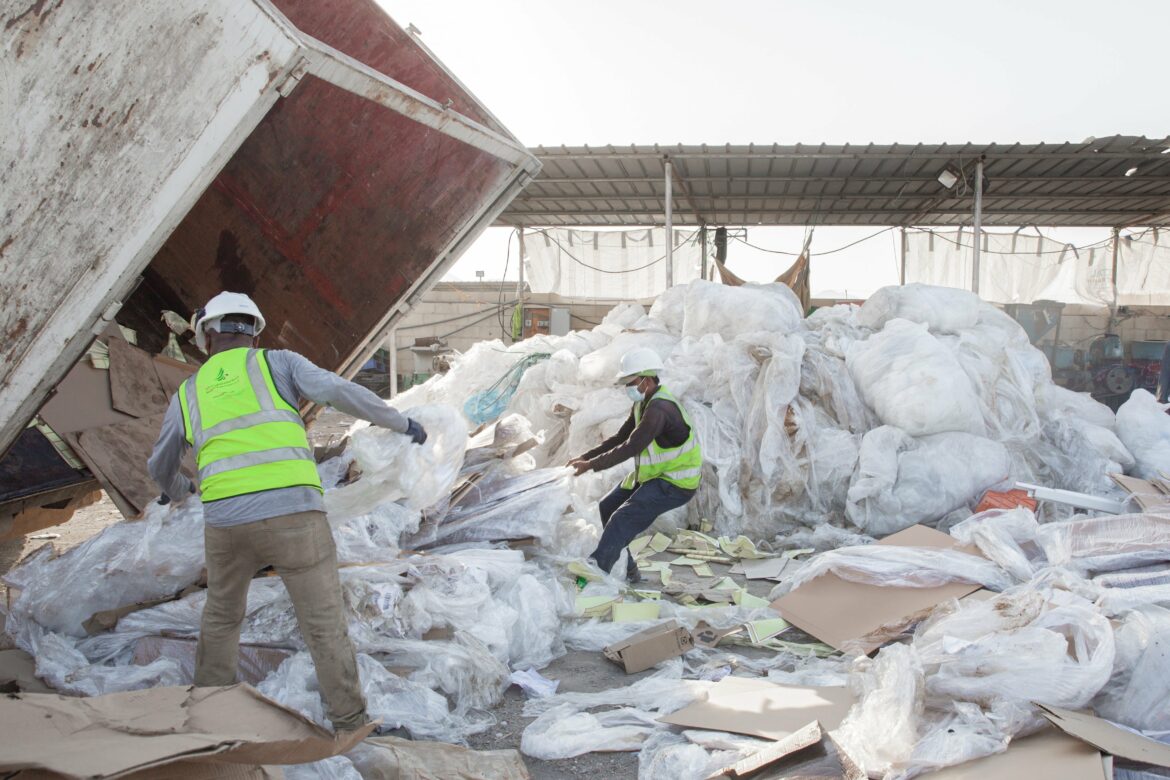The Kingdom of Saudi Arabia is moving according to a clear strategic vision for dealing with waste and working to recycle it in an organized manner that achieves value and environmental, economic, and social impact in accordance with the vision of the Kingdom of Saudi Arabia 2030.
The volume of waste in the Kingdom of Saudi Arabia in 2021 reached more than fifty million tons, and recyclable waste constituted 85% of the total volume of waste, which leads us to the huge volume of waste as well as the size of the great opportunities that can be worked on in the economic aspects through companies and institutions in the public and private sectors Which can work in this sector and create investment opportunities and strategic partnerships in order to work on these opportunities, and this economic work will also be reflected on the environmental side through the optimal handling of waste in a better way than the traditional methods of disposal, the presence of companies and investment in the sector leads to reducing The materials and waste going to landfills significantly, which leads to reducing the risks caused by traditional landfilling and landfilling, by preserving natural resources by prolonging the life of materials, and recycling them in a new way in the best ways and practices. All these efforts in the economic and environmental aspects will be integrated with social efforts through Creating employment and training opportunities as well as providing healthy living by reducing carbon emissions and other Risks arising from the traditional handling of waste. All government and private institutions are working at an accelerated pace in the field of waste management and recycling in order to create value, impact the environment, and preserve natural resources for their sustainability for future generations and the environment to be more secure, as well as keeping pace with the population growth witnessed by the Kingdom and urban expansion and other elements of growth and development that it is witnessing Kingdom in general.





